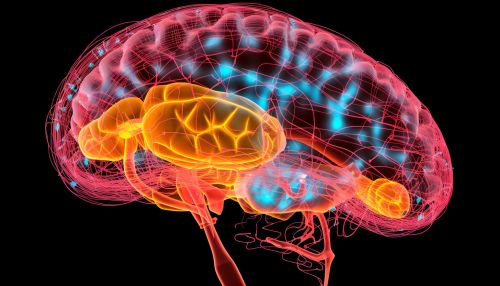The Science of Human Cognitive Styles in Risk Assessment
Introduction
Human cognition is a complex and multifaceted field of study that encompasses various aspects of mental processes, including perception, memory, attention, and decision-making. One particular area of interest within this field is the study of cognitive styles, which refers to the preferred way an individual processes information. Cognitive styles can significantly influence how individuals assess and respond to risks, a concept known as risk assessment.


Cognitive Styles
Cognitive styles are psychological dimensions representing consistencies in how individuals acquire and process information. They are not abilities or strategies per se, but rather preferred ways of using such abilities and strategies. Cognitive styles are often described along a continuum, such as field-dependent versus field-independent, reflective versus impulsive, or holistic versus analytic.
Cognitive Styles and Risk Assessment
Risk assessment is a critical cognitive process that involves evaluating the potential dangers or uncertainties associated with a particular situation or decision. Cognitive styles can significantly influence this process, as individuals with different cognitive styles may perceive and evaluate risks differently.
For instance, individuals with an analytic cognitive style, who tend to break down problems into smaller parts and analyze each part separately, may be more likely to engage in detailed risk analysis. In contrast, individuals with a holistic cognitive style, who tend to view problems as a whole, may be more likely to rely on intuition or gut feelings when assessing risks.


The Science Behind Cognitive Styles and Risk Assessment
The relationship between cognitive styles and risk assessment is a complex one, with numerous factors at play. Neuroscientific research has provided some insight into this relationship, suggesting that different cognitive styles may be associated with distinct patterns of brain activity.
For example, research has shown that individuals with a more analytic cognitive style tend to show greater activity in the prefrontal cortex, a brain region associated with logical reasoning and decision-making, when engaged in risk assessment. On the other hand, individuals with a more holistic cognitive style may show greater activity in the amygdala, a brain region associated with emotion and intuition, during risk assessment.


Implications for Decision-Making and Behavior
Understanding the relationship between cognitive styles and risk assessment can have significant implications for decision-making and behavior. For instance, it can help explain why some individuals are more prone to risky behavior than others, or why some people are more likely to take precautions in the face of potential dangers.
Moreover, this understanding can also inform interventions aimed at improving risk assessment and decision-making. For example, training programs could be developed to help individuals recognize their cognitive style and learn strategies to compensate for potential biases in their risk assessment.


Future Directions in Research
Despite the progress that has been made in understanding the relationship between cognitive styles and risk assessment, there is still much to learn. Future research could explore how cognitive styles interact with other factors, such as personality traits or cultural background, to influence risk assessment.
In addition, more research is needed to understand the neural mechanisms underlying the relationship between cognitive styles and risk assessment. This could involve using advanced neuroimaging techniques to examine brain activity in individuals with different cognitive styles as they engage in risk assessment tasks.


